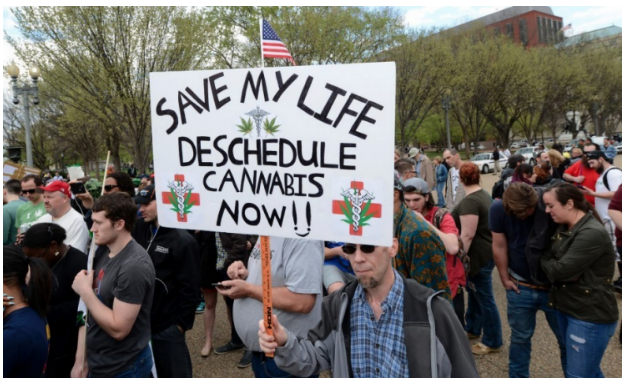
–Provided photo
HAMILTON, N.J. – Twenty-two breast cancer survivors recently participated in the Project WE vs. C event at Grounds for Sculpture in Hamilton, where they told their stories in artistic ways.
Project WE vs. C was a two-day event led by Roxey Ballet and Robert Wood Johnson University Hospital at Hamilton, recognizing National Cancer Survivors Day.
Performances at the event featured personal stories of triumph from the 22 breast cancer survivors who are affiliated with RWJ Hamilton and YWCA Princeton Breast Cancer Resource Center.
One such survivor is Billie Smith of Lawrence, who has stage-one breast cancer, and who shared aspects of her journey, hoping to inspire others.
“Participating in a program like this gives you a different perspective,” said Smith. “When you hear the word cancer it is scary but this shows you can talk about it with people because you can live. We are all proof,” she said.
Smith said being a part of the breast cancer support group at RWJ and participating in the arts event at Grounds for Sculpture is good for her.
“So many people came up to me after the performance. This woman I didn’t know…hugged me and said, ‘I am going through cancer too.’ We just hugged and cried, but it makes you feel good when somebody got something out of what we did,” said Smith.
She believes in giving other breast cancer patients hope to fight the disease.
She said a benefit of being a part of RWJ cancer support group, she ‘’gets to hear from other women and…can tell her story and give others hope. I can fight this. We can fight this and give each other hope,” she said.
Smith got her diagnosis from a breast surgeon with Rutgers Cancer Institute of New Jersey and Program Director of the Cancer Center at RWJ Hamilton, Dr. Firas Eladoumikdachi, in July 2016 after an abnormal mammogram a month earlier.
At the Project WE vs. C event, her story inspired the performance, “Don’t Google ‘Til You Know What You Got.”
She explained that before she got her official diagnosis from her surgeon, she was reading about her illness and assumed she had stage four breast cancer, and was near dying.
“I had a really bad moment when I started reading, “ she said.
She also said her two sisters had breast cancer and have made so many advances since finding out. She believes that with the many advancements in technology, she too will make progress.
“So many things are different. New things are happening. My doctor is phenomenal,” she stated.
She said she tries to be strong for everybody and likes talking to survivors. She expresses her belief in medicines, and said RWJ Hamilton is redoing the cancer center, “putting the best technology for radiation.”
RWJ Hamilton believes that community involvement is critical to care and that was why the hospital created the Project WE vs. C, working with cancer survivors and the arts. They hope to spread the word about cancer in a meaningful and unique way.
Michael Ashworth, director of marketing and public relations at RWJ Hamilton, stated that the Grounds for Sculpture has designed and curated all of the Grounds for Healing gardens at RWJ Hamilton, and so they were inspired to hold their Cancer Survivors Day event at Grounds for Sculpture to showcase their arts – music, poetry, painting, fashion and printmaking.
The money raised will contribute to an $8.5 million, two-year project geared excusively for enhancements to RWJ Hamilton’s comprehensive cancer program, according to the hospital spokesperson.
